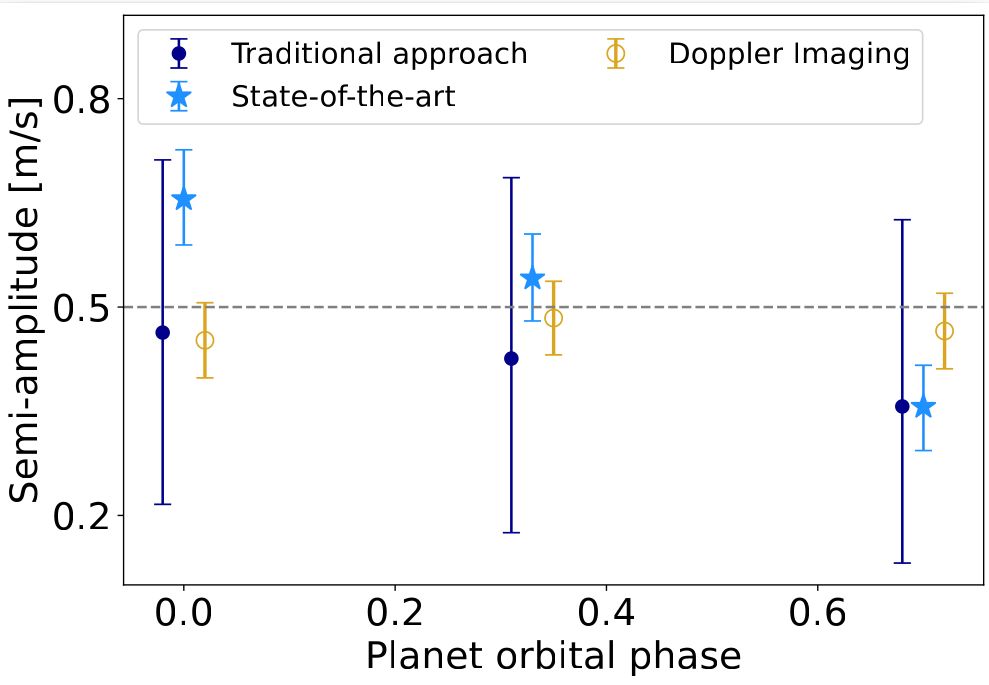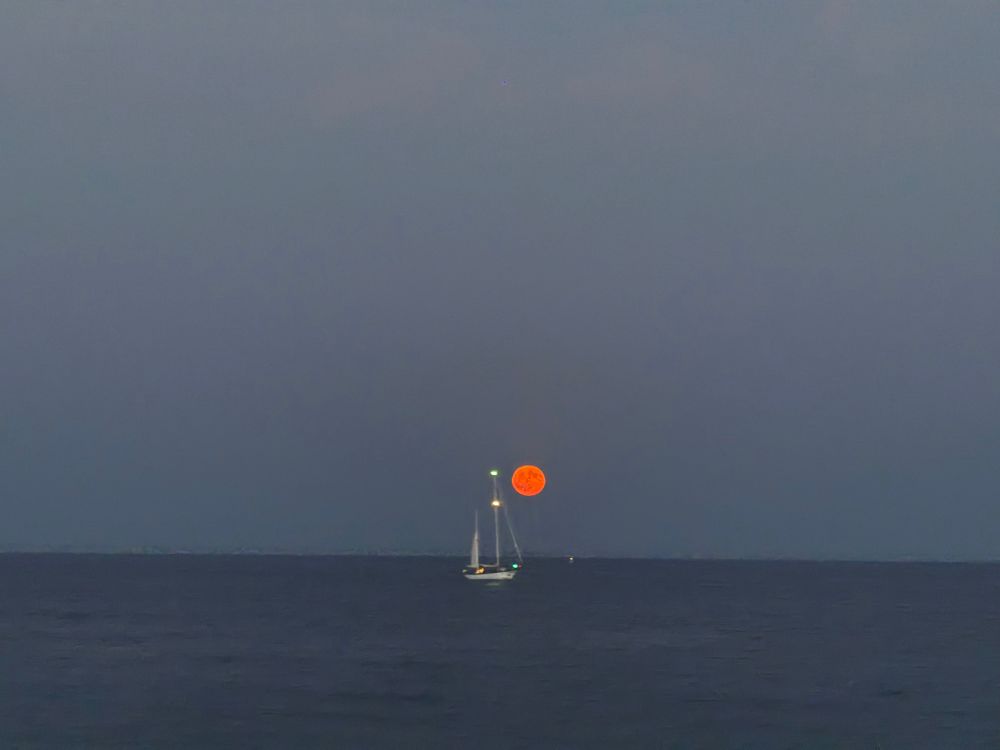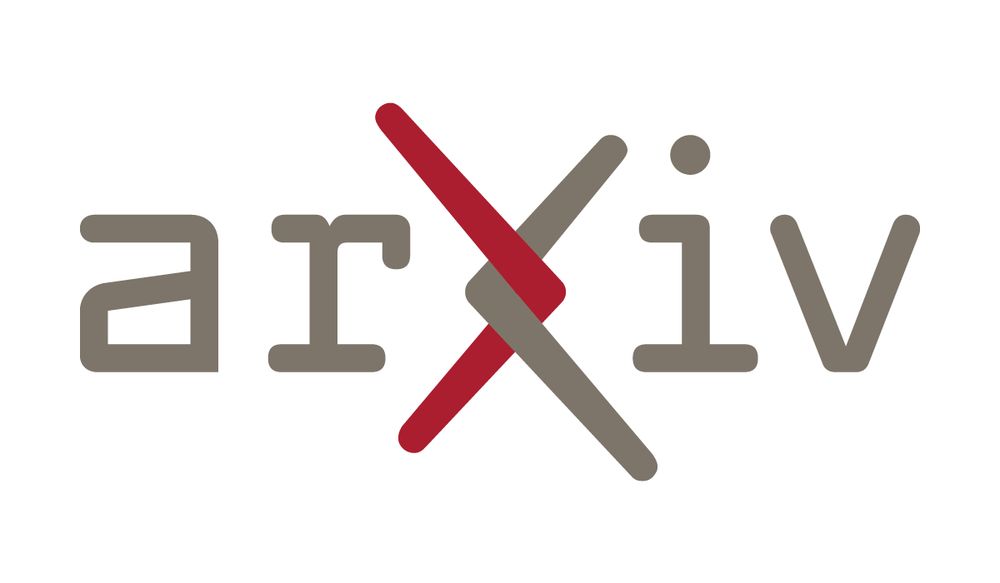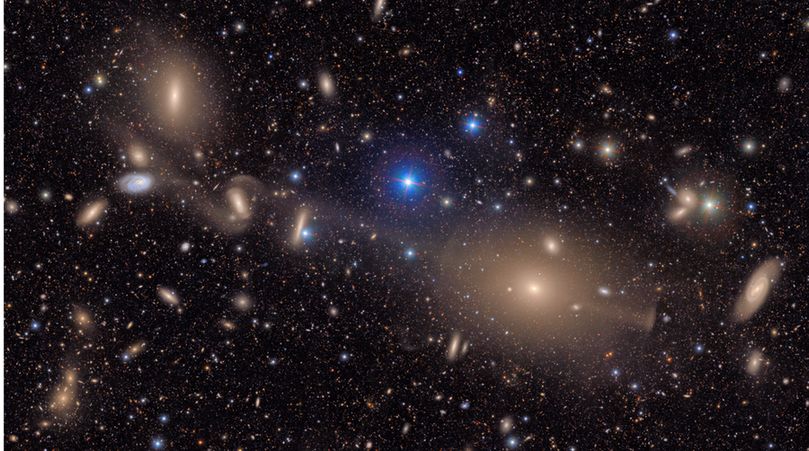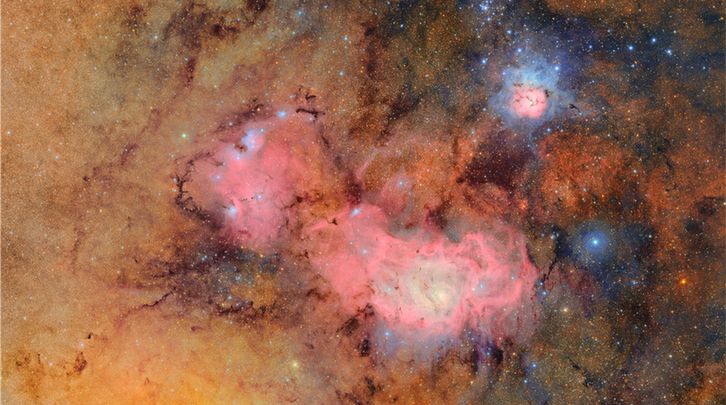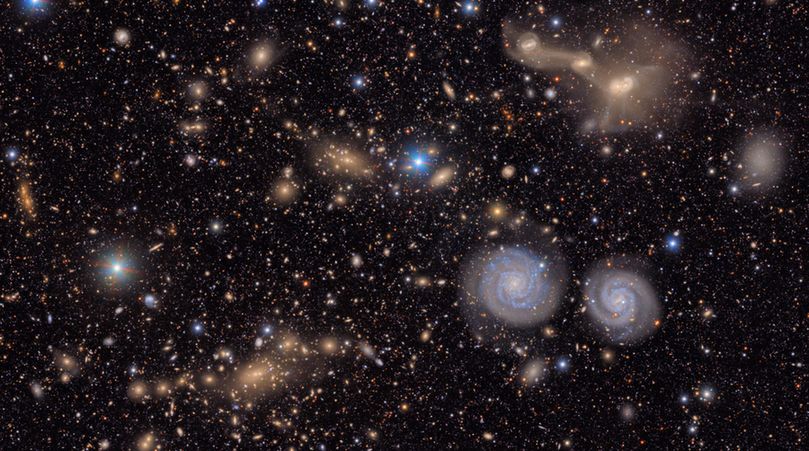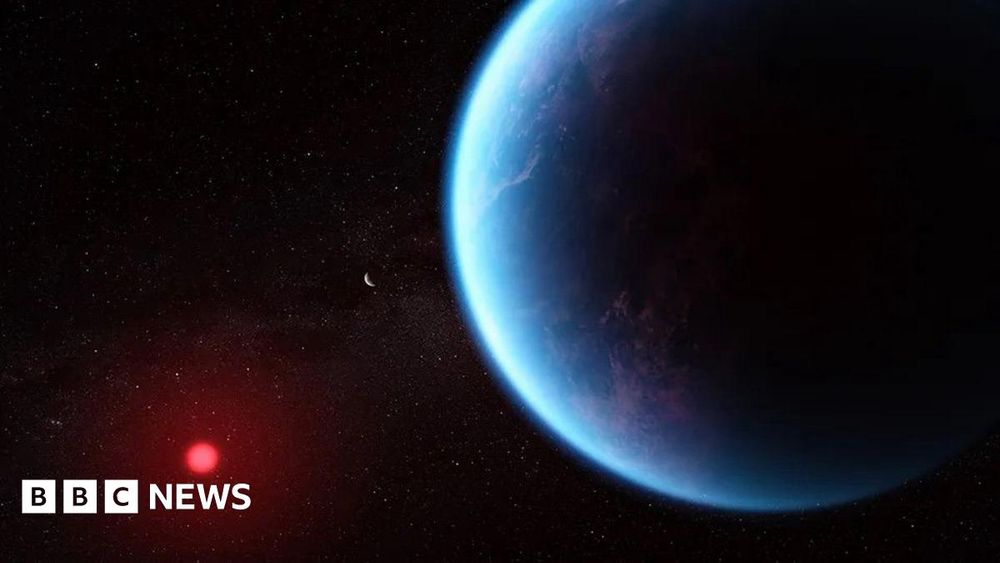Niamh O’Sullivan
@niamhk12.bsky.social
880 followers
150 following
27 posts
DPhil student at the University of Oxford. A stellar physicist pretending to be an exoplanet finder 🌟🪐🌟
Posts
Media
Videos
Starter Packs
Reposted by Niamh O’Sullivan
Reposted by Niamh O’Sullivan
Reposted by Niamh O’Sullivan
Reposted by Niamh O’Sullivan
Reposted by Niamh O’Sullivan
Reposted by Niamh O’Sullivan
Reposted by Niamh O’Sullivan
M A Osborne
@maosbot.bsky.social
· Jun 21
Reposted by Niamh O’Sullivan
Reposted by Niamh O’Sullivan





